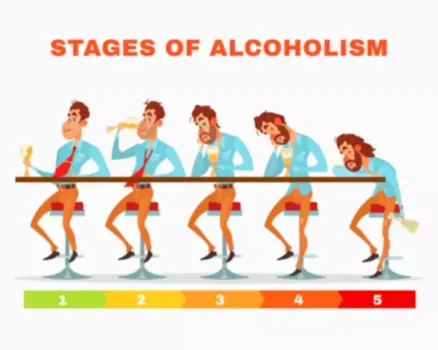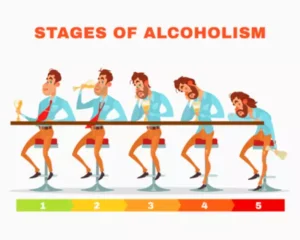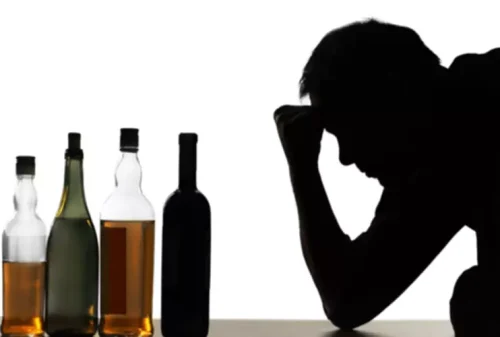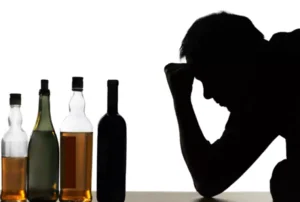Recognizing Alcoholism as a Disease

Of course, Heyman is not alone in failing to provide an account of how rule following, whether rational or irrational, develops. Synthesized, the notion of addiction as a disease of choice and addiction as a brain disease can be understood as two sides of the same coin. Both of these perspectives are informative, and they are complementary. Viewed this way, addiction is a brain disease in which a person’s choice faculties become profoundly compromised. From a contemporary neuroscience perspective, pre-existing vulnerabilities and persistent drug use lead to a vicious circle of substantive disruptions in the brain that impair and undermine choice capacities for adaptive behavior, but do not annihilate them.
A brain disease? Then show me the brain lesion!

We regularly see patients who resonate with treatment, get traction, and fundamentally change their lives in permanent ways. In online recovery registries and at ‘Giving Back’ weekends, success stories are common. In Alcoholics Anonymous and other mutual support organization meetings, members with years and even decades of abstinence are not hard to find. Clinical counterfactuals to an exclusively chronic relapsing course abound.
- As a result, the increased and sometimes constant influx of dopamine means feelings of reward, motivation or pleasure are also increased.
- Habits are behavioral routines that are repeated so often they get wired into the brain as a matter of efficiency.
- Problems with defining addiction as a chronic relapsing disorder are readily observable clinically also.
Is addiction a “brain disease”?
According to the report, substance use disorders result from changes in the brain that occur with the repeated use of alcohol or drugs. These changes take place in brain circuits involved in Why Alcoholism is Considered a Chronic Disease pleasure, learning, stress, decision-making and self-control. When addiction is properly understood to be a compulsive behavior like many others, it becomes impossible to justify moralizing about people who feel driven to perform addictive acts. And because compulsive behaviors are so common, any idea that “addicts” are in some way sicker, lazier, more self-centered, or in any other way different from the rest of humanity becomes indefensible.
What are the signs of addiction?

You can stay out in the sun too long and get melanoma, and yet we say all those things are diseases. The fact that the only way to get addiction is by engaging in certain behavior doesn’t change the fact that it’s still a legitimate chronic disorder that we should approach as a health problem. Hazardous (risky) substance use refers to quantitative levels of consumption that increase an individual’s risk for adverse health consequences. Clinically, alcohol consumption that exceeds guidelines for moderate drinking has been used to prompt brief interventions or referral for specialist care 112. More recently, a reduction in these quantitative levels has been validated as treatment endpoints 113. Research has identified a number of areas in the brain key to the development and persistence of addiction.
- That act applies to the tax code, and since that time the Federal response to drug abuse has been the purview of the Treasury Department, rather than the Department of Justice.
- Because he is a member of a support group that stresses the importance of anonymity at the public level, he does not use his photograph or his real name on this website.
- That’s because the medical profession had largely abandoned its duty to take care of people with addiction.
- Physical addiction appears to occur when repeated use of a drug changes the way your brain feels pleasure.
He argues from cited research that about 30% of American adults have met diagnostic criteria for alcohol abuse or dependence at some time in their lives. Examination of the research cited (Hasin, Stinson, Ogburn, & Grant, 2007; Stinson, Grant, Dawson, Ruan, Huang, & Saha, 2005) however, does not appear to support that estimate. Hasin et al., for example, report about 18% lifetime prevalence for abuse and 12% for dependence, two percentages that ought not to be summed. Regardless, however, of which estimates are correct, the absolute number of current and former addicts is very large.
Substances or behaviors that can trigger addiction
However, the boundary for addiction is intentionally blurred to reflect that the dividing line for defining addiction within the category of SUD remains an open empirical question. Drugs release two to 10 times the amount of dopamine that natural rewards release. How much is released depends on the type of drug; amphetamines, for example, release more dopamine than cocaine. As a result, the increased and sometimes constant influx of dopamine means feelings of reward, motivation or pleasure are also increased. But while no one forced an addicted person to begin misusing a substance, it’s hard to imagine someone would willingly ruin their health, relationships, and other major areas of their lives. Surely, if overcoming addiction were as easy as simply choosing to stop, the problem of addiction would be much easier to address and relapse would not be as common.

nature.com sitemap

Attempts to stop drug use may cause intense cravings and make you feel physically ill. At this stage, the person is no longer drinking to experience pleasure. In fact, drinking may not even bring any feeling of pleasure anymore. The drinker is drinking to avoid pain, not to get those feelings of euphoria.
